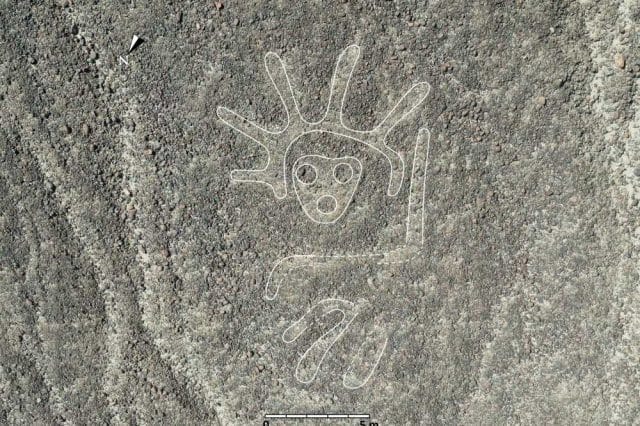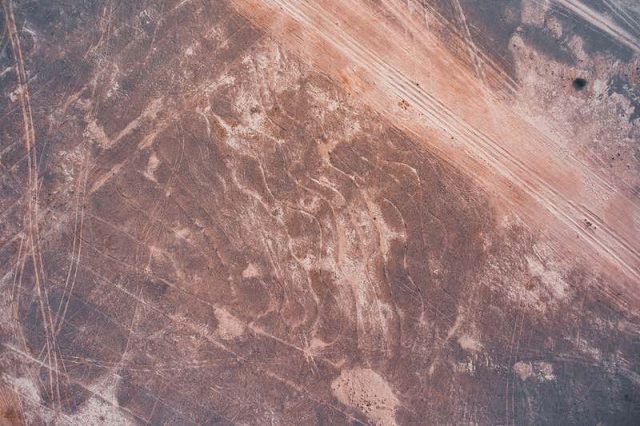The Nazca Lines are one of the world's most fascinating ancient mysteries, a series of massive geoglyphs etched into the desert floor of southern Peru. For over 2,000 years, these intricate patterns and designs have puzzled archaeologists, historians, and travelers alike. Some speculate that the Nazca Lines were created as part of a complex astronomical calendar, while others believe they were used for religious or ceremonial purposes. Despite decades of research and exploration, the true purpose of these enigmatic symbols remains shrouded in mystery.
Geoglyphic Wonders Leave Researchers and Enthusiasts Awestruck
For centuries, the Nazca Lines have captivated the imaginations of researchers and enthusiasts alike. These enormous geoglyphs, etched into the arid plains of southern Peru, have long been the subject of speculation and debate. In this article, we’ll dive into the history, purpose, and theories surrounding these mysterious wonders, as we attempt to unravel the enigma of the Nazca Lines.
A Brief History of the Nazca Lines
The Nazca Lines are a series of ancient geoglyphs located in the Nazca Desert, a high arid plateau that stretches more than 80 kilometers between the towns of Nazca and Palpa in southern Peru. These impressive designs were created by removing the reddish-brown iron oxide-coated pebbles that cover the surface of the Nazca desert, revealing the light-colored earth underneath.
Who Created the Nazca Lines?
The Nazca Lines were created by the Nazca people, an ancient pre-Columbian civilization that flourished in the region between 100 BC and 800 AD. They were skilled artists and engineers, known for their intricate pottery, textiles, and vast irrigation systems that allowed them to cultivate the arid desert.
When Were the Nazca Lines Created?
Most researchers agree that the Nazca Lines were created between 500 BC and 500 AD, with some glyphs potentially dating back even further. The exact timeline is still a subject of debate among scholars, but it’s clear that these geoglyphs have stood the test of time.
The Purpose Behind the Nazca Lines
Despite extensive research, the true purpose of the Nazca Lines remains a mystery. Various theories have been proposed over the years, ranging from astronomical alignments to religious rituals. Oh, and the best part? We continue finding new Nazca lines to this date.
Astronomical Theory
Some researchers believe that the Lines were created as an astronomical calendar, with the lines and figures representing constellations, solstices, and equinoxes. According to this theory, the Nazca people used the geoglyphs to track celestial events and predict agricultural cycles.
Religious and Ritualistic Theory
Others argue that the Lines served a religious or ritualistic purpose. It’s possible that the lines were used in religious ceremonies, processions, or as offerings to the gods. The Nazca people are recognized for their impressive coordination skills in overseeing two major construction projects. The first being the mysterious Nazca Lines, and the second being the puquios, subterranean aqueducts that supplied water for irrigation and domestic use in the desert. Despite the passage of time, some puquios still function today, and the Nazca Province in the Ica Region is named after this enigmatic ancient culture.
Water Source Theory
Another theory suggests that the Nazca Lines were created as a means to find water sources in the arid desert. The Nazca people were masters of water management, and some researchers believe the lines were used to mark underground water channels or reservoirs.
Unraveling the Mystery: Research and Technology
Advancements in technology and research have provided new insights into the enigmatic Nazca Lines. As technology advances, so does our ability to study some of the most remote places on Earth.
Remote Sensing and Ground-penetrating Radar
Modern remote sensing techniques and ground-penetrating radar have allowed researchers to study the Nazca Lines in greater detail than ever before. These technologies have revealed previously undiscovered geoglyphs and helped to map the complex network of lines and figures more accurately.
Aerial Photography and Drones
Aerial photography and drones have also played a crucial role in our understanding of the Lines. From above, the scale and intricacy of the geoglyphs become more apparent, allowing researchers to study their relationships to one another and the surrounding landscape. Drones also allow experts to discover new lines without the risk of damaging existing ones.
Preservation Efforts
With increased attention and tourism, the Nazca Lines face new threats from erosion, vandalism, and climate change. Preservation efforts have become a priority, with the Peruvian government and international organizations working together to protect and study these ancient wonders.
The Enduring Enigma
Despite significant advancements in research and technology, the true purpose of the Lines remains shrouded in mystery. The complexity and scale of these geoglyphs continue to captivate researchers and enthusiasts alike, inspiring new theories and investigations.
Nazca Lines as a Cultural Legacy
Regardless of their original purpose, the Nazca Lines stand as a testament to the ingenuity and creativity of the ancient Nazca civilization. These geoglyphic wonders have become a cultural legacy, drawing visitors from around the globe and serving as a source of pride and inspiration for the people of Peru.
The Ongoing Quest for Answers
The enigma of the Nazca Lines continues to spark curiosity and drive scientific exploration. As new technologies emerge and our understanding of the ancient Nazca culture deepens, researchers remain hopeful that more clues will be uncovered, eventually leading to a definitive answer to the mystery of these geoglyphic wonders.
The Fascination Continues
The Nazca Lines represent one of the most intriguing and enigmatic archaeological sites in the world. Their enduring appeal lies not only in their impressive size and intricate designs but also in the many unanswered questions surrounding their purpose and creation.
As researchers continue to investigate the Nazca Lines, these geoglyphs remain a captivating symbol of the ingenuity and artistic prowess of an ancient civilization, and their mystery continues to captivate the imagination of millions around the globe.
PLEASE READ: Have something to add? Visit Curiosmos on Facebook. Join the discussion in our mobile Telegram group. Also, follow us on Google News. Interesting in history, mysteries, and more? Visit Ancient Library’s Telegram group and become part of an exclusive group.





